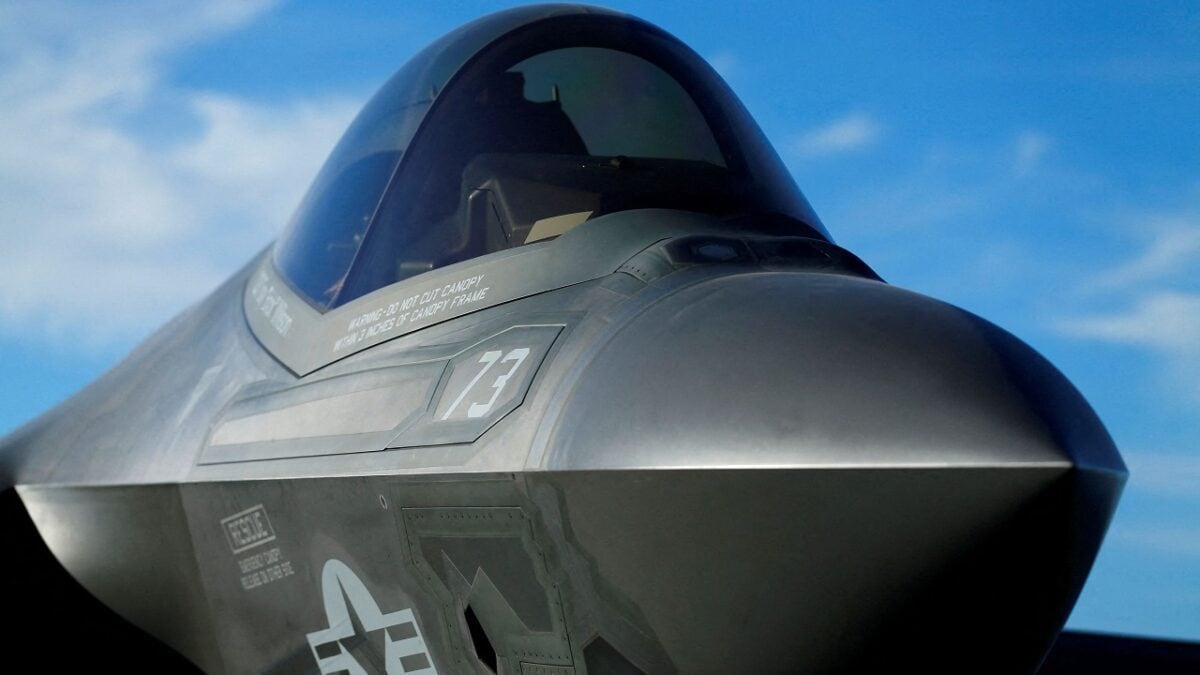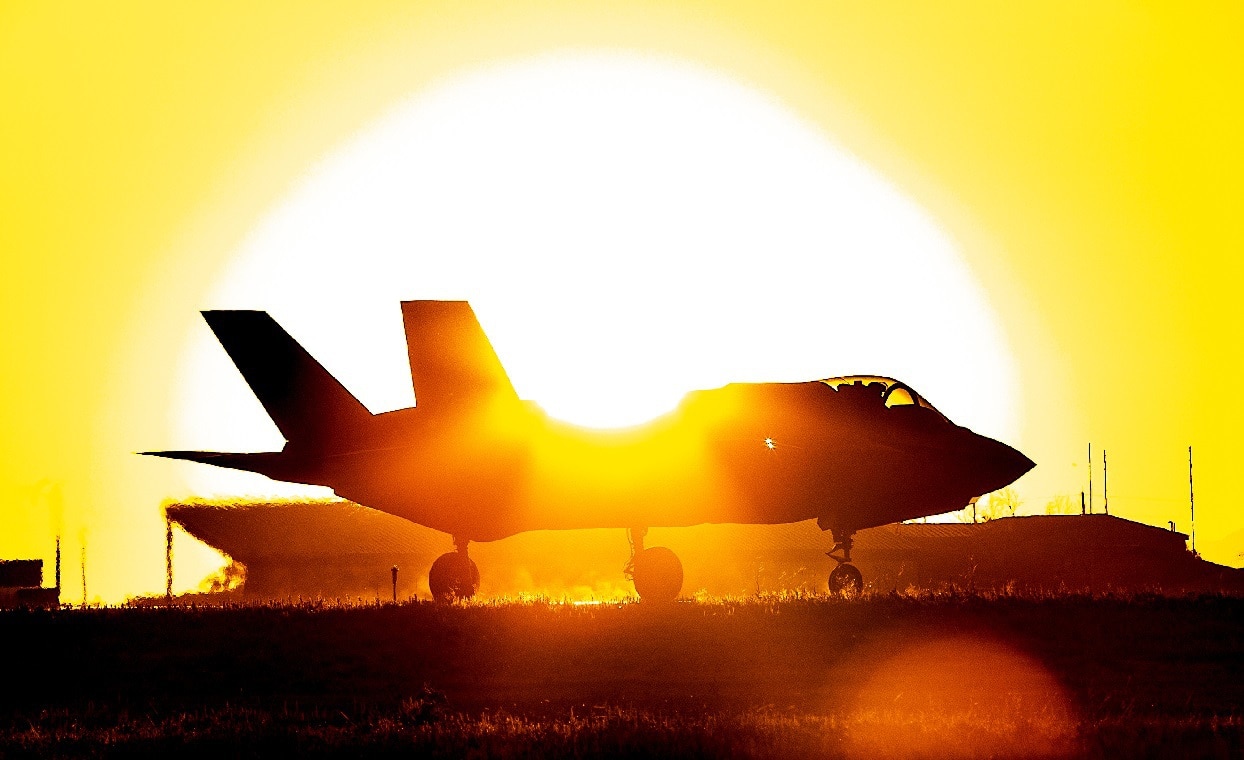It is difficult to figure out just how much the United States spends on defense each year. But it is safe to say that Americans are getting closer to a trillion-dollar military budget. Take the last fiscal year. The Biden Administration asked for $753 billion but Congress authorized $780 billion for FY22. This fiscal year the Biden Administration asked for $813 billion, but this increase was more because of inflation, a military pay raise, and ballooning costs for health care for current and retired personnel. Most people associate defense spending with new tanks, airplanes, and ships – major items that create glowing news releases and jobs, but defense procurement and acquisition is actually a much smaller part of the budget.
Different Political Partisanship
The $813 billion is getting close to a trillion. So pretty soon you are talking about real money as the old budget joke goes. Will the public even blink at a trillion-dollar defense budget? It’s interesting that these recent budget increases for the military have come under a Democratic president and a Democrat-led Congress. It was some of the Democrats who asked for defense spending increases this and last fiscal year, even though Republicans are often historically associated with a strong defense and higher spending. Doves such as libertarian Republican Congressman Thomas Massie and Senator Rand Paul often side with progressive Democrats such as Senator Bernie Sanders and Congresswoman Alexandria Ocasio-Cortez to cut defense spending or at least vote to keep it the same.
They Agree On Something
Defense spending is not as contentious as it used to be. In 2022, the Senate passed the defense authorization bill 88-11 and the House approved it 363-70 which was a rare show of bipartisanship. This may be because the country has gone through a short period of relative peace. The exit from Afghanistan was deadly, clumsy, and embarrassing but most people had become tired of the war. There are still military personnel such as special operations forces in Syria. But few lawmakers, except for those who look to keep the United States out of military engagements, plus isolationists, and peacekeepers like Massie, Paul, Sanders, and Ocasio-Cortez seem to be worried about the future of warfare except for the yearning to keep America on the sidelines. The ones who do prefer a stronger military and more spending, the hawks, often have parochial interests at heart such as saving jobs or bases. Strategic concerns aside from the threat of China are often ignored even by the most trustworthy votes for increased spending.
Social Spending, Defense Spending, It’s All the Same
Big government budgets and defense spending are becoming less concerning to the American people who have seen Washington throw hundreds of millions and even trillions at problems such as Covid-19 relief, economic stimulus, infrastructure spending, and climate change solutions to “build back better.” More economists, such as Paul Krugman of the New York Times, demand even more government spending. Other members of the “dismal science” who belong to the Modern Monetary Theory school of macroeconomics believe that government spending, deficits, and continued loose monetary policy are possible many years into the future. They think that deficits and debts do not matter and that the federal government has a duty to spend more to prime the pump, improve the economy, grow jobs, and seek to enhance people’s health and well-being.
What Are We Getting for All that Money?
If this means more defense spending then so be it. What exactly is the country getting for $813 billion? Much of it seems to be continuing business as usual. China, Russia, Iran, North Korea, and terrorism are significant threats. Money should go to Kyiv to help the Ukrainians. Nuclear weapons are ignored by doves or seen as a necessity by hawks. There is the news of a new aircraft carrier or F-35 purchase that makes it through to the mainstream media, but most military events are followed only by the elites in Washington, D.C. who follow defense closely.

A Lockheed Martin Corp’s F-35C Joint Strike Fighter is shown on the deck of the USS Nimitz aircraft carrier after making the plane’s first ever carrier landing using its tailhook system, off the coast of California, November 3, 2014. REUTERS/Mike Blake (UNITED STATES – Tags: TRANSPORT MILITARY)/File Photo
After the Global War on Terror Defense Spending Era
Without a large focusing event such as 9/11, which happened before some taxpayers were even born, there is not a clear consensus on what the federal government should be spending on defense. We have a volunteer force with uniform personnel in isolated posts and bases. Defense does not often become top of mind to many people.
There is thus a chance that in the future when military spending hits a trillion dollars, it will be news for only one day and perhaps not even fodder for social media for longer than a few days. Relatively speaking, if you combine defense with intelligence and homeland security spending, plus veterans’ affairs, we have already arrived at a trillion dollars a year for national security (depending on how you define national security). At the current rate of growth – between five percent and ten percent a year – we will see a trillion-dollar defense budget before 2030. Few Americans may even care when that day comes.
Expert Biography: Serving as 1945’s Defense and National Security Editor, Dr. Brent M. Eastwood is the author of Humans, Machines, and Data: Future Trends in Warfare. He is an Emerging Threats expert and former U.S. Army Infantry officer. You can follow him on Twitter @BMEastwood. He holds a Ph.D. in Political Science and Foreign Policy/ International Relations.

